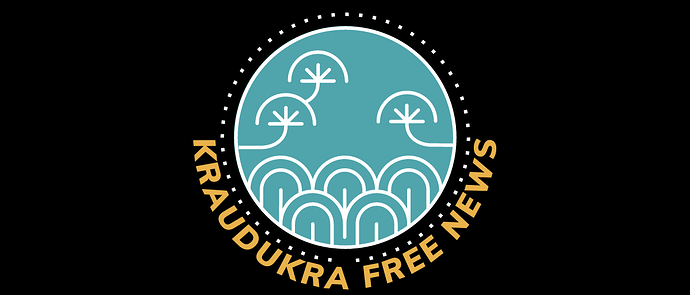South Cordilia Begins Recovery After Devastating Earthquake and Volcanic Eruption
Alkantara, Krauanagaz— Nearly a week after the devastating 10.1-magnitude earthquake in the Cordilian Sea and the partial eruption of Mount Alkantarak, Southern Cordilia is grappling with a truly unprecedented humanitarian disaster. Search-and-rescue operations are ongoing in Krauanagaz, Zuhlgan, Mitallduk, and the Okhoa Protectorate, where entire towns have been reduced to rubble, coastal areas remain flooded, and volcanic ash continues to disrupt daily life. Governments and international aid organizations are racing against time to provide relief to the tens of thousands affected by the catastrophe.
The disaster has left at least 23,400 confirmed dead across the region, with thousands still missing. The hardest-hit areas include coastal Krauanagaz, Mitallduk’s western provinces, and the Northwest Okhoa Protectorate, where tsunami waves as high as 10 meters (33 feet) washed away entire neighborhoods.
In Zuhlgan, communities near Mount Zhrana suffered additional devastation when pyroclastic flows and lahars buried multiple villages. Officials estimate that nearly 80% of structures in affected areas have been damaged or destroyed, leaving tens of thousands homeless.
The collapse of Mount Alkantarak’s caldera triggered massive ash emissions, forcing authorities to impose strict air travel restrictions across Southern Cordilia. Cities such as Tatallap, Panata, Alkantara, and Lumayyaratal remain shrouded in thick volcanic ash, potentially causing severe respiratory issues and contaminating water supplies.
Rescue teams across the region are working tirelessly to locate survivors trapped under debris or stranded in remote areas. Emergency responders from Krauanagaz, Emerald, Zuhlgan, Okhoa, and international aid groups are facing immense challenges. Severely damaged infrastructure, including washed-out roads and downed bridges, and ports in ruins have been hampering aid delivery.
While widespread blackouts and damaged cell towers have left many communities cut off for over 10 days. Authorities also report that ongoing tremors and landslides are complicating rescue operations in some areas. In western Krauanagaz, teams are using drones and thermal imaging to locate survivors, while in Mitallduk, emergency shelters have been set up for thousands displaced by the tsunami. The Okhoa Protectorate, struggling with political unrest, has appealed for international assistance, citing an overwhelmed healthcare system and shortages of basic supplies.
With over 3.8 million people displaced, the disaster has triggered an acute humanitarian crisis. In refugee camps and shelters, food, water, and medical supplies are running critically low. Aid groups warn that unless immediate action is taken, “disease outbreaks of global concern,” could soon follow.
The World Forum, Krauanagaz, and Zuhglan have partnered under the World Forum Relief Coalition (WFRC) and have launched a $4.2 billion emergency international aid appeal, while regional governments are coordinating large-scale relief operations. However, efforts have been slowed by bureaucratic delays and damaged transportation networks.
The Krauanagazan Geological Survey (KGS) has lifted the Volcano Watch for Mount Alkantarak, stating that the immediate risk of another major eruption has decreased. However, the Cordilian Institute of Geoscience has kept Alkantarak’s volcanic risk level at red due to continued ash emissions that are disrupting air travel and threatening agriculture.
While seismic activity has lessened, scientists caution that the region remains unstable and that further aftershocks or additional eruptions could still occur in the coming weeks.
Krauanagaz, Zuhlgan, and Okhoa have all declared national emergencies, with military units mobilized to assist in relief efforts. The Zuhlgani government, despite its recent political tensions with Krauanagaz, has sent aid convoys to the worst-hit areas in Zhzoatal and Kevpríg.
Meanwhile, the international community is stepping up its support. The International Federation for Humanitarian Aid (IFHA) and Emeradian Royal Navy have deployed medical teams, while the Emeraldian Royal Corps of Engineers is sending engineers and infrastructure specialists to begin long-term recovery planning in Krauanagaz and some areas of Mitallduk. Reconstruction is estimated to take years, and economists warn that the financial toll could exceed $36 billion. The disaster has also sparked fears of food shortages, as volcanic ash has contaminated farmland and water sources across the region.
For now, the region remains in survival mode, with communities coming together to rebuild in the face of one of the worst natural disasters in Cordilian history.
